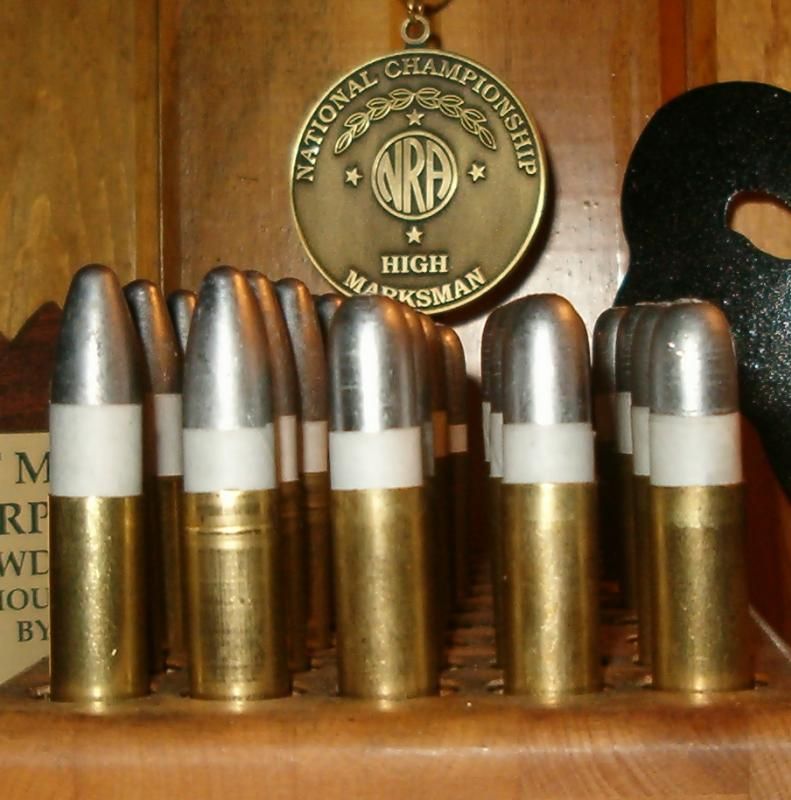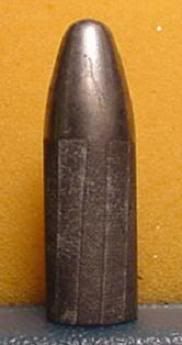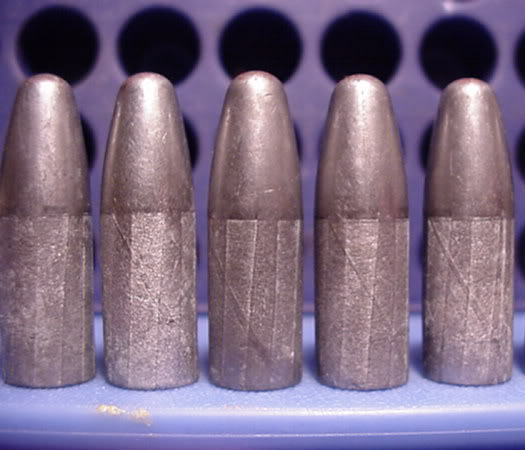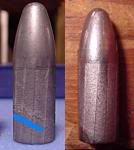So I can test the new tankbuster bullet from the Brooks mould , in the 44-90 st. Also have a handful of the BACO .446 525 gr bullets ready to try in the 45-90..
Both cases are using 81 grs of OE 1.5 to good affect with grease groove bullets , so that's where I started with these.. Now about that spring time weather.


|
   
   
|


|





 Reply With Quote
Reply With Quote












